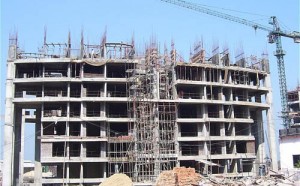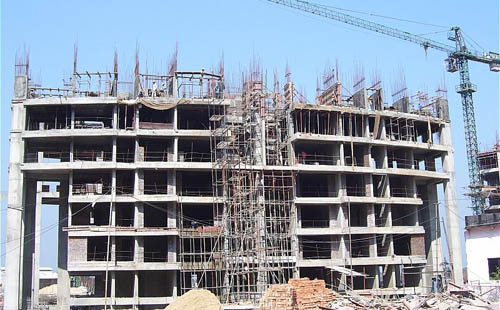 Track2Realty: It is going to be quite a hard sell for the real estate developers this festive season as a huge increase of 30% quarter–on–quarter in 2014-15 in new launches in the residential segment met with inventory further going up by 6.7% in the same period, according to an ASSOCHAM recent paper.
Track2Realty: It is going to be quite a hard sell for the real estate developers this festive season as a huge increase of 30% quarter–on–quarter in 2014-15 in new launches in the residential segment met with inventory further going up by 6.7% in the same period, according to an ASSOCHAM recent paper.
The paper projected a slower growth of 4–8% in Tier-I cities in the current year while capital values in Pune, Kolkata and Hyderabad may grow at a comparatively faster pace, considering their low floor prices.
Anticipating a post-election recovery in housing demand, new launches had touched in the first quarter of this year its highest level since the last quarter of 2012-13, only to be met by a cautious buyer.
“After four consecutive quarters of muted launches, such activities showed improvement at the country level. Ahead of general elections, developers had launched many projects to gain competitive advantage and, at the same time, anticipated a recovery in market conditions post-polls.
However, a slump in demand led to buyers taking a cautious approach. The number of unsold units rose 6.7% quarter on quarter because of the large number of new launches amid a prolonged slump in sales. New launches increased by approximately 30 per cent q-on-q in Q1, 2014-15,” the paper done jointly by the ASSOCHAM and JLL said.
It said while there was an improvement in new launches, sales continued to remain low despite developers offering attractive pricing schemes and discounts to attract buyers.
In the current year, while growth in Tier–I cities is expected to be slow at 4-8% year on year depending on the micro markets, capital values in Pune, Kolkata and Hyderabad may grow at a comparatively faster pace, considering their low floor prices. Developers in Tier-I cities likely to continue liquidate their stocks by offering good pre-launch and pricing promotions.
On the prices front, pan-India residential real estate ticket prices are expected to grow at 10-12% in 2014 factoring in inflation.
“Liquidity and high level of leverage remain big issues with the real estate developers. These two issues can ultimately get resolved with pick up in the economy and a smart recovery in demand for housing units. But there is a lag between improvement in macro picture and its impact on the real estate market, particularly in the residential segment which is highly sensitive to the interest rates and the job market, which needs to be robust for the demand rebound,” ASSOCHAM Secretary General Mr D S Rawat said sharing concerns expressed in the industry specific paper.
When it comes to the return on investment, the average capital values across the residential markets in the top seven markets have shown signs of recovery, though steady, since 2009. “Since the trough in second half of 2009-10, Mumbai has led the increase in average capital value (ACV) with nearly 59 per cent growth, followed by Bangalore with 43.5 per cent rise in ACV and the NCR-Delhi 33.9 per cent. In the case of Chennai it was 41.09 per cent while it was only 25.2 per cent for Hyderabad. However, Kolkata and Pune have been major movers, showing appreciation of 50.7 per cent and 47.8 per cent respectively during this period”, adds the ASSOCHAM paper.
In the NCR, Noida ACV has remained low owing to the large number of residential launches in the affordable and low-mid segments, reveals the paper.





